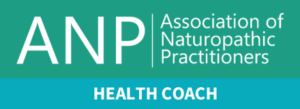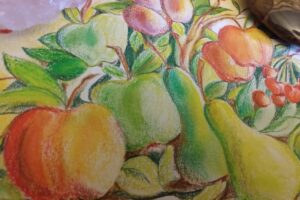Newly diagnosed with Coeliac Disease?
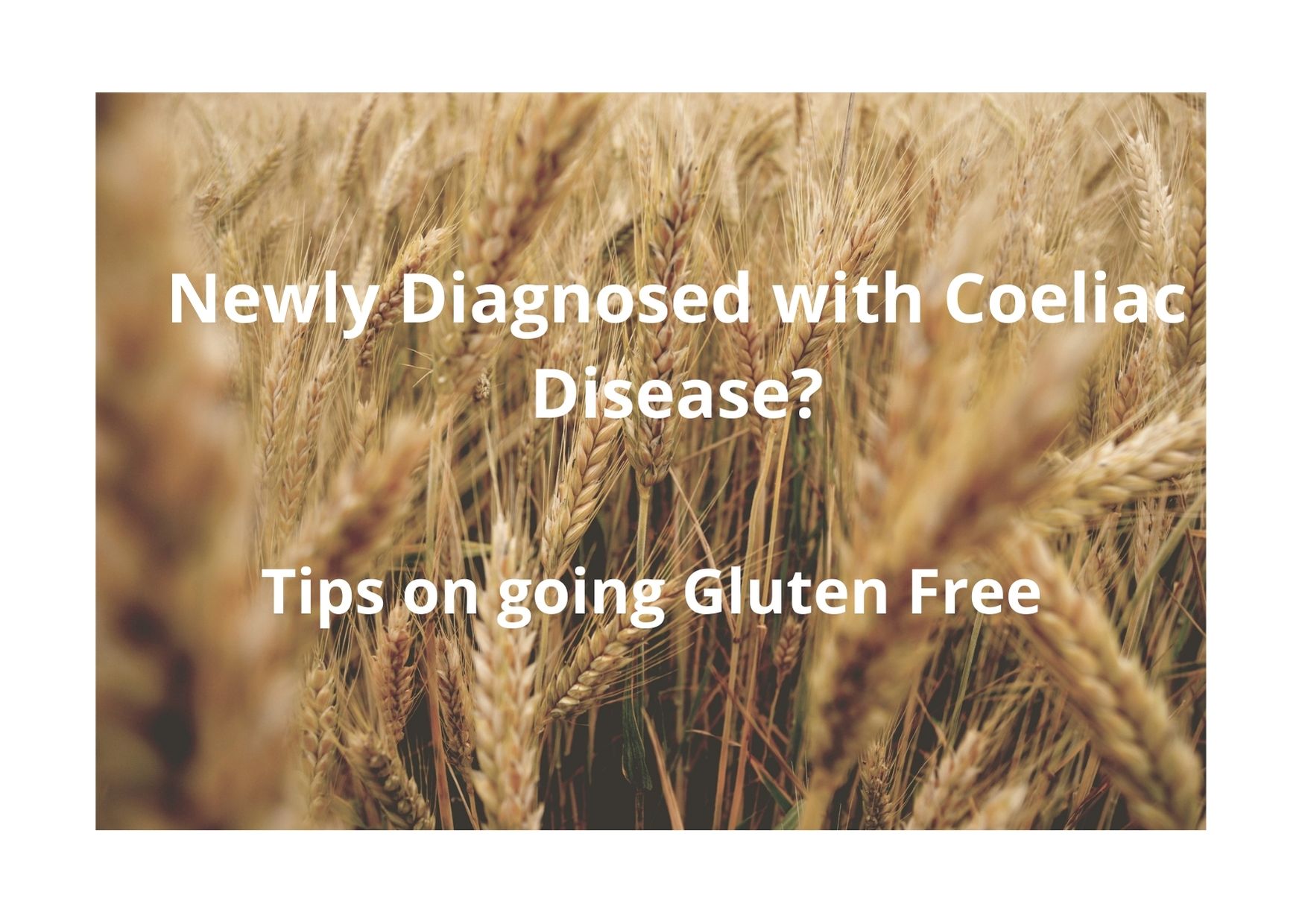
Don’t Panic!
Tips on getting started with your gluten free diet
Newly diagnosed with Coeliac Disease? It can be incredibly daunting. You may not be told too much detail about what you can and cannot eat and the leaflet given to you by the NHS doesn’t cover everything you need to know. You may, like me when I was first diagnosed, be left with lots of questions, loose ends and generally confused. It’s also important where you are looking for your information as different countries have different regulations & advice.
For example, when I was waiting for my tests to be done I joined a Facebook group for people with Coeliac Disease. However the page was American and they are given some very different advice compared to the UK. Their list of do not’s include toiletries & hair dye, however in the UK we are advised gluten is only an issue when ingested. As I was researching ahead of my Endoscopy test & advice from the NHS as you can imagine I found the advice being given to me on the facebook page even more devastating as there were so many restrictions to take into consideration. I gradually learned through my contact with the NHS Dietitians & Coeliac UK that only ingested gluten is a concern.
Some people may dispute this obviously, but I can only go by my own experiences. My tTG levels were back to normal 6 months after starting a strict gluten free diet & have been reducing ever since. I only concentrated on ingestion, not toiletries or hair dye.
So Tip no 1. Keep the research simple
Depending where you are from try and take your information from a registered body in your country eg https://www.coeliac.org.uk/home/ if you are in the UK. Once you are comfortable with your knowledge then explore more avenues to increase your knowledge. Don’t get caught out reading lots of different sources & confusing yourself about what you can & cannot do. Walk before you run!
Tip no 2. Start to educate yourself about what you can and can’t eat ahead of time
The NHS website lists a few foods that you shouldn’t eat but this is only a very small sample. The reality is gluten is added to so many foods you need to check the ingredients of every single thing you eat. Some of the surprising things that include gluten are:
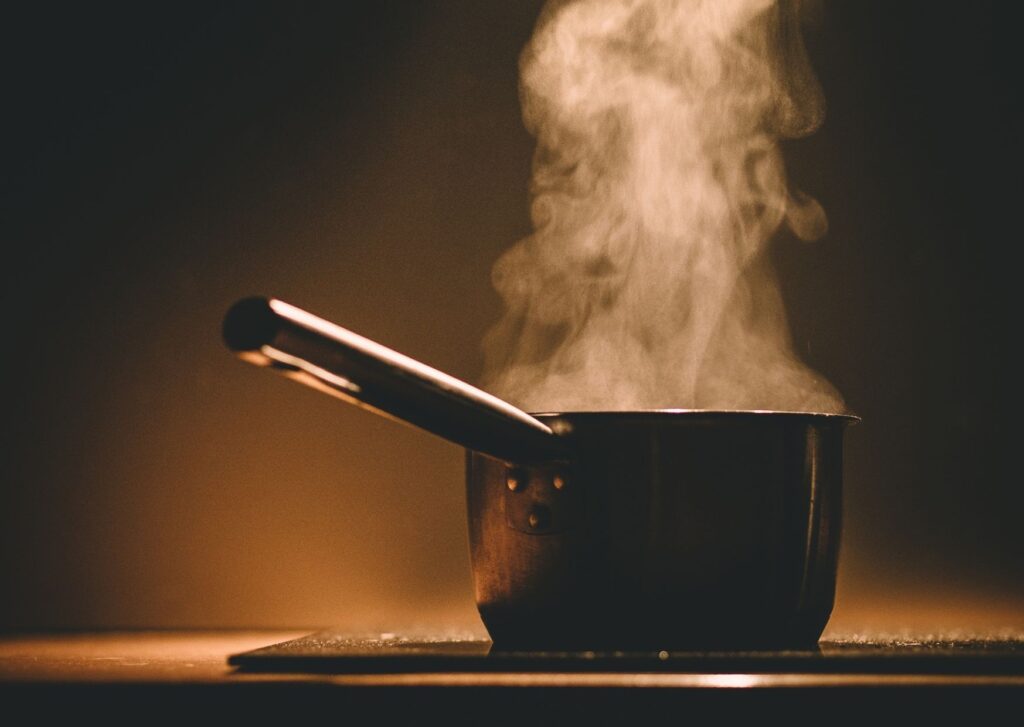
OXO
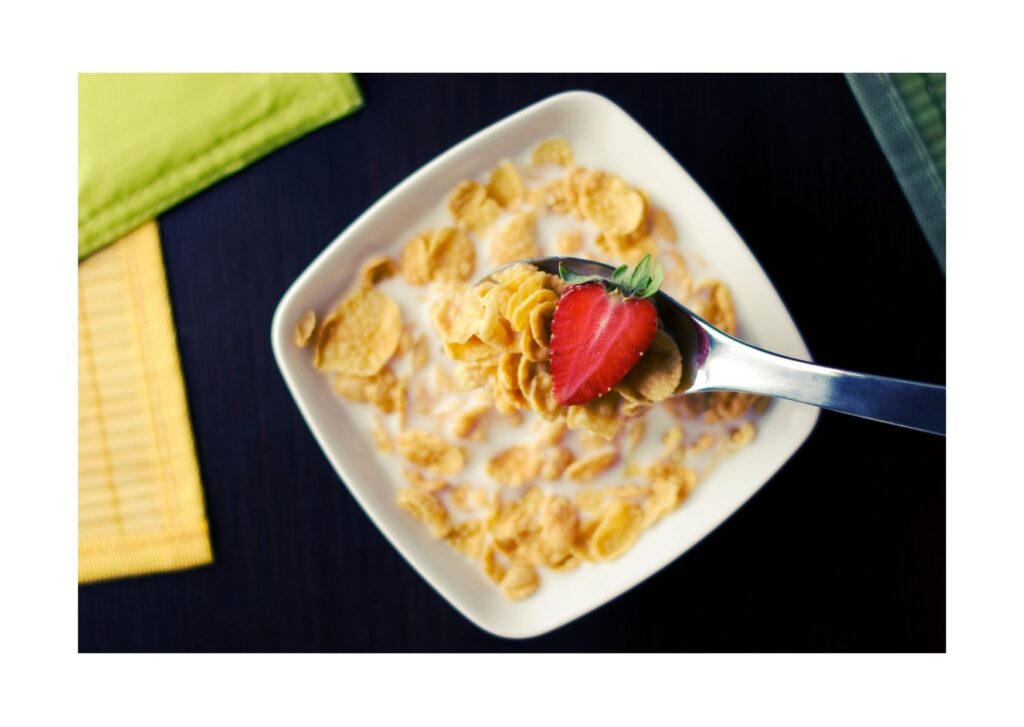
Cornflakes (only some varieties)

Fish Sticks (only some varieties)

Ice Lollies (only some varieties)
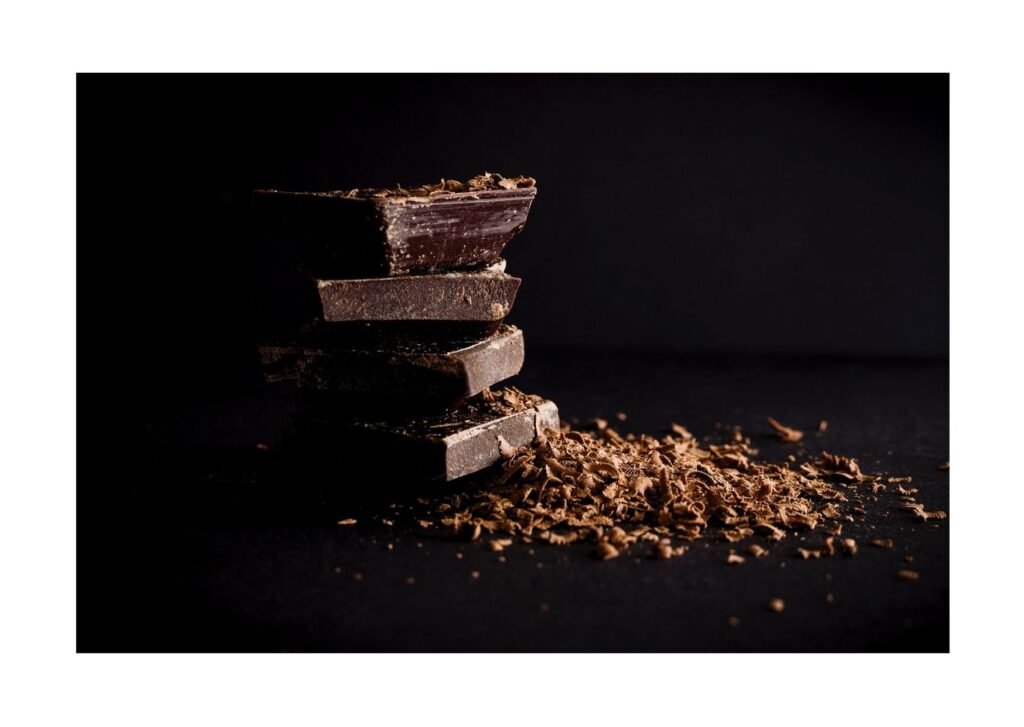
Chocolate (only some varieties)
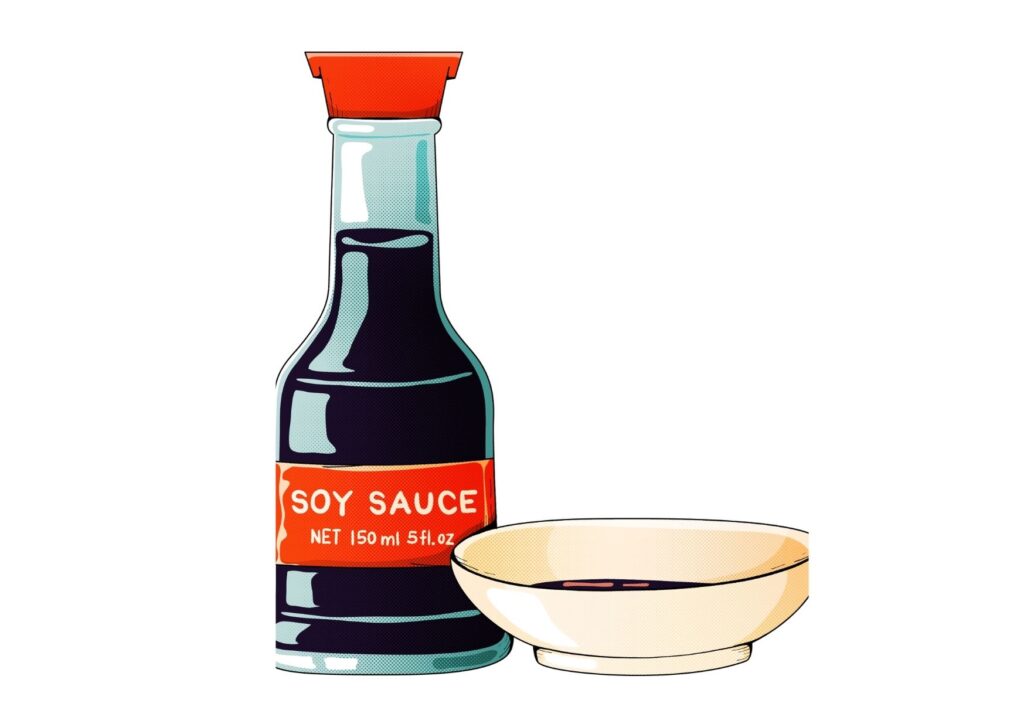
Soy Sauce
And the list goes on. Yes, very very daunting when you first transition over but if you do your research you can gradually compile a shopping list that is gluten free & adapted to your diet. There are substitutes for most things & where there isn’t…..maybe this is the time to choose some healthy alternatives. This way you shouldn’t be spending 2 hours doing your first gluten free shopping and picking things up and putting them down because you can’t have them. This was my experience even after doing some research and was nearly in tears as I felt so restricted. However if I had taken time to actually write a gluten free list leading up to my diagnosis my first shopping outings would have been a lot less painful.
Tip no 3. NEVER PRESUME!
Yes, seriously, check EVERY item you eat!
One of the things that can be confusing when being on a strict gluten free diet is the inconsistency. For example, I can’t say ‘yes I can eat stock cubes’. The pure simple fact is it totally depends on the ingredients. No I can’t eat OXO cubes but yes I can eat Tesco value stock cubes (presuming the ingredients haven’t changed since the last time I ate them!). Can I eat Asda own stock cubes? I’ve no idea I’ve never tried them so would have to check. This can get even more confusing when I’m buying chocolate. Cadbury’s for example, some of their bars have wheat or barley, some don’t. Never presume!! Their Dairy Milk, for example, some will have a may contain and some won’t. Apparently this is to do with where the bar was made and the manufacturing processes at that particular factory.
You will get into a rhythm quite quickly with your shopping & very soon you will be zooming round the supermarket as comfortably as ever.
Tip no 4. Know your acronyms!BROWS
The one thing I have found when talking to people about gluten free is that there is a common belief gluten is just in wheat. This has even been the case talking with a gluten intolerant chef! Gluten isn’t just in wheat so it is really important to look out for the following:
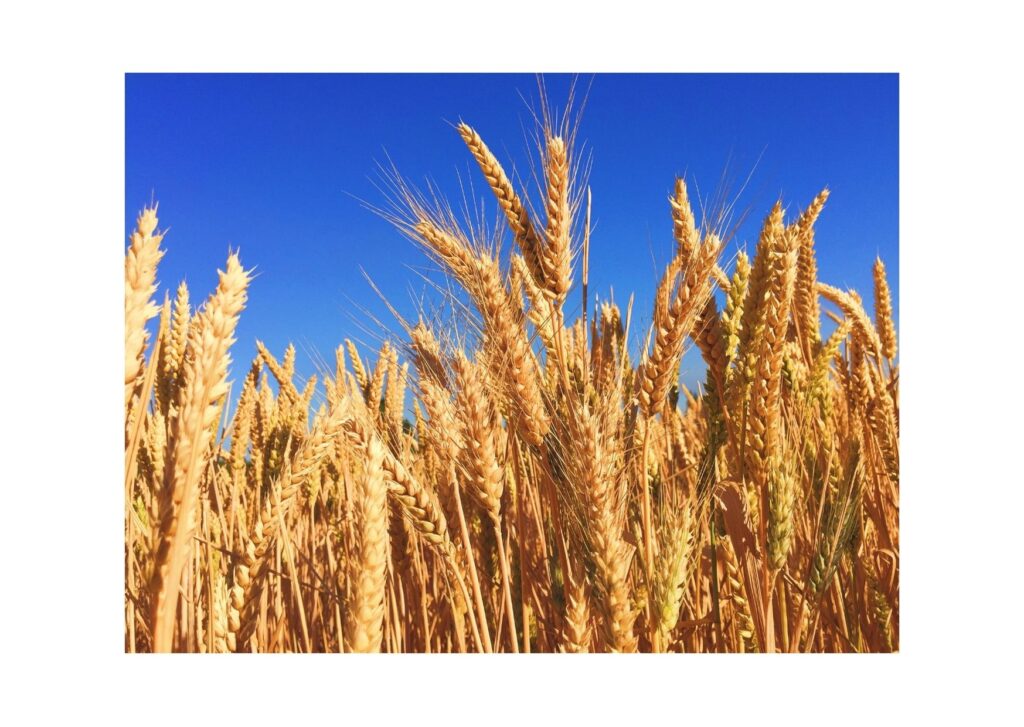
Barley
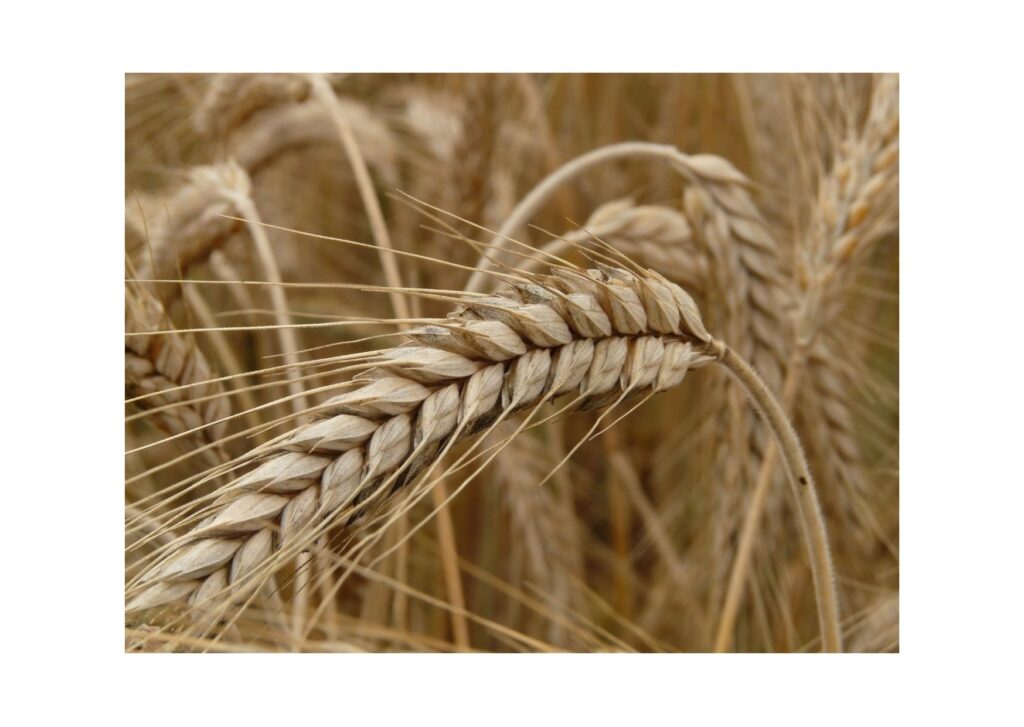
Rye
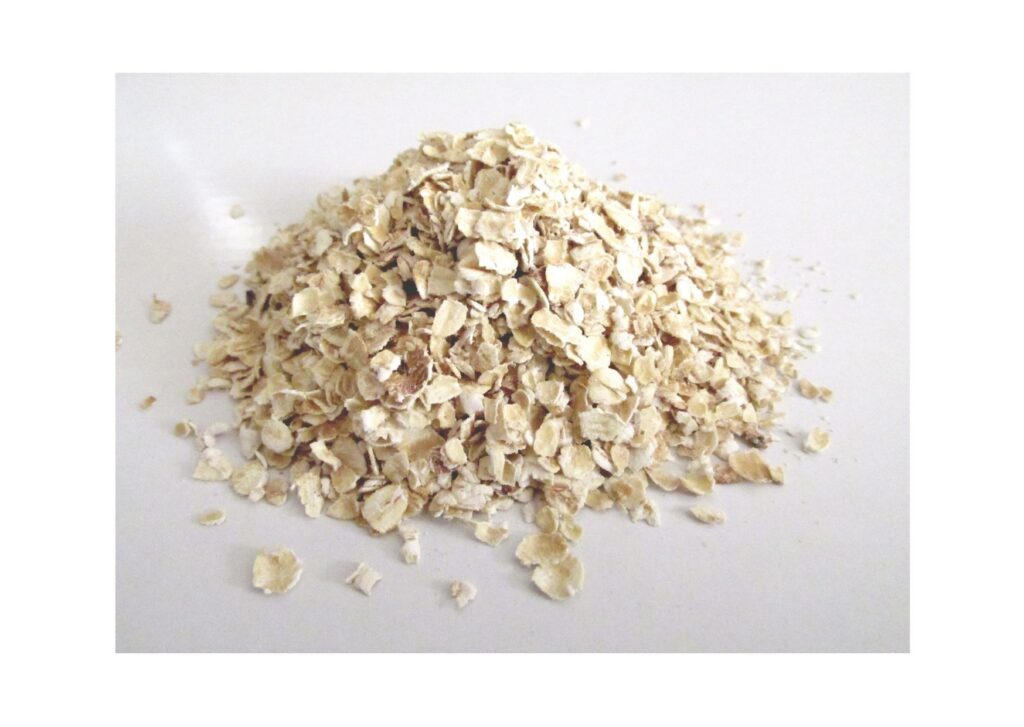
Oats
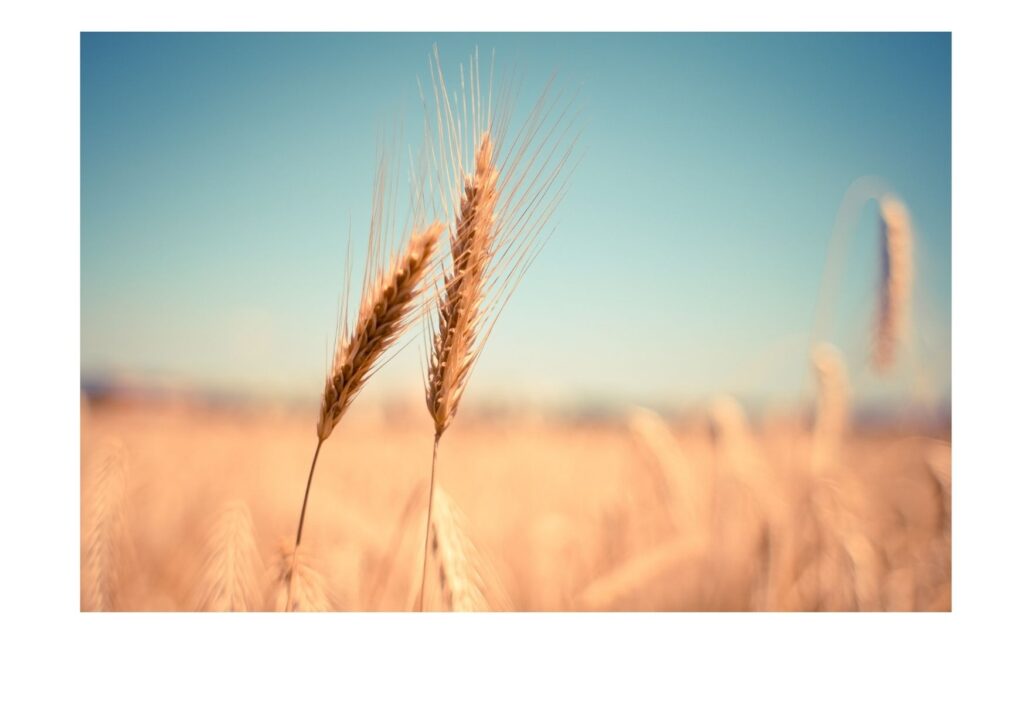
Wheat
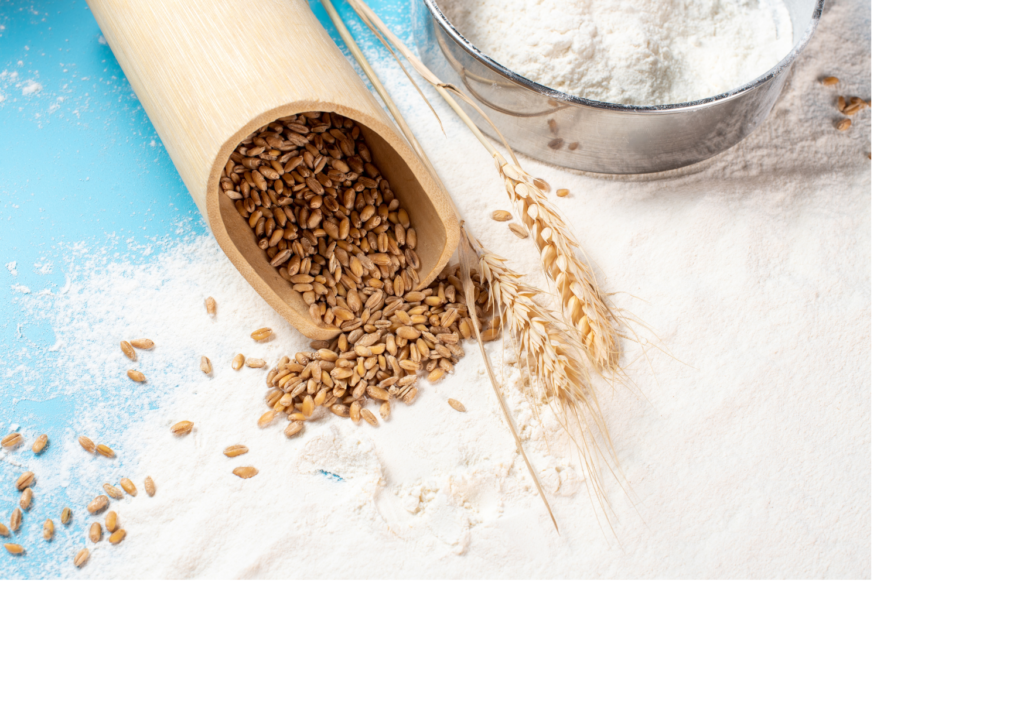
Spelt
All contain gluten except in the case of oats. However they are grown and manufactured with wheat and are so contaminated with gluten they need to be treated as a gluten food. Look out for these 5 ingredients in all your food & drinks.
Tip No 5. The Oat Factor
When I was first diagnosed the NHS advised me to stay away from any oats including gluten free oats for the first 2 months. I have since seen various sources say this isn’t necessary. However I believe this is good advice for the following reason.
Oats contain a protein called Avenin which is similar to Gluten. Not everyone’s immune system can detect the difference so can go into attack mode when oats are ingested even though gluten isn’t present. When you first transition to a gluten free diet your gut & body will be healing. It can take up to 6 months for your gut to heal so you may still be presenting with symptoms during this time. If you eat gluten free oats during this time while you are still getting symptoms, you basically won’t know if you are healing or not.
Personally I didn’t want to still be getting symptoms 2-6 months after going gluten free so cut out oats for the first 2 months. My immediate gut symptoms healed very quickly so I knew I wasn’t having a reaction to oats so introduced gluten free oats to my diet after 2 months.
I think doing this process really makes it clear whether you are one of those people who have an adverse reaction to Avenin. If you do have a reaction, by cutting it out at the beginning you should heal more quickly. If you do cut it out but feel it has no adverse affects then re introduce it when you feel ready. Cutting out unnecessary foods restricts your diet even more & oats are a great source of fibre.
Tip No 6. Check the packets for ‘May Contains’
Not everyone who has Coeliac Disease check for or exclude items that are a ‘May Contain’. This is a personal preference but it is strongly recommended by Coeliac UK & the NHS that May Contain is taken seriously & excluded from your diet.
‘May Contain’ literally means that. Due to manufacturing processes a lot of ingredients may not state gluten as a main ingredient. However the manufacturer may decide to warn that the processes used means the food could be contaminated. It is advised to avoid these as it unknown how much gluten has contaminated the food and it could do damage to your intestines.
Things to be aware of with the labelling is the ‘May Contain’ warning isn’t always near the ingredients so check everywhere on the packet to ensure you don’t miss it. I STILL get caught out by this and on rare occasions, including very recently, find I’ve eaten a ‘May Contain’. It can also be labelled differently such as ‘Processed in a factory where gluten is present’ etc so also familiarise yourself with the different phrases.
Tip No 7. Eliminate the guesswork!
When I was first diagnosed with Coeliac Disease I joined Coeliac UK, who is the leading body in the UK. One of the most useful things I came away with as a member was access to their food app. I found this app incredibly helpful in identifying foods that are safe.
As I mentioned you need to remember BROWS. These are the foods you need to look for on labels. However one important fact to know is that for a food to be labelled ‘Gluten Free’ or to be considered gluten free & safe for someone with Coeliac Disease be able to eat it, the legal levels of gluten can be no more than 20ppm (parts per million).
So for example Kellogg’s Cornflakes contain barley, Tesco own cornflakes contain barley. Kellogg’s aren’t safe because the barley content is more than 20ppm. Tesco own cornflakes ARE safe because they are less than 20ppm. You won’t know this by just looking at the ingredients but if you use the app and scan the barcode it will tell you if the food is safe or not.
This is a benefit for 2 reasons:
1: There are so many foods we can’t eat, so if we can broaden the spectrum then this can help vary your diet.
2: Gluten free alternatives are generally so much more expensive than their traditional counterparts that any ‘ordinary’ foods you can buy will be great for your purse!
Tip No 8. Cross Contamination
Cross contamination of food is possibly the most difficult part of having Coeliac Disease. This is where things can get complicated as it involves interacting safely with other people. To be safe you need to ensure all your utensils, cooking implements, preparation area, hands are all clean and clear of gluten.
If you live on your own when you first go gluten free just make sure all your utensils are clean and the kitchen worktops are all clean.
If you have a toaster you will no longer be able to use it as it is. It will be covered in crumbs and impossible to clean safely. You have the choice of buying a brand new toaster or you can buy toaster bags to place the gluten free bread in and it is safe in the toaster.
If you share the kitchen with family or house mates who eat gluten then try & have your own separate area where you can prepare food. If this isn’t possible then cooking at a different time will help to eliminate cross contamination issues. Or try and persuade those you share with to eat gluten free with you. This will be an education for everyone involved and is an opportunity for them to see how varied & tasty gluten free food can be!
Preparing food in advance can always be an advantage too. This way you can pick times the kitchen is quiet and prepare the food. If possible have your own cupboard space so you know the food in there is safe. Also taking the top shelf of the fridge so you know it’s yours and it can’t get contaminated by other foods.
If you do cook gluten free meals along with gluten food and you use the oven, put your food on the top shelf so it can’t have particles drop on it. And always try and remember to use separate utensils!
Tip No 9. Keep it simple!
For the first 2 years of being diagnosed I was a regular at the free from aisle at the supermarket. This had a two fold effect:
1: It wasn’t doing wonders for my budget as it is so much more expensive than normal food.
2: It wasn’t great for my health as there wasn’t much healthy food in the free from aisle. It consisted of flour, cakes, biscuits, crackers, crisps, cookies. Lots of pro inflammatory food that was giving me more health issues or prolonging the ones I already had.
2 years after being diagnosed I totally overhauled my diet and cut out all ‘the crap’. I had an allotment and started to learn to forage. I stopped buying snacks and rationed the snacks until I stopped buying them at all as I no longer needed them.
My health improved dramatically and my relationship with food, which was a life long battle has totally changed.
My food bill has drastically reduced too. During the summer months I eat what I can from the allotment and most of my food is plant based. I can afford more organic veg which is a lot more expensive than non organic but my food is cheaper because I’m not buying unnecessary snacks.
I still visit the free from aisle on occasion to stock up on gluten free porridge and pasta but it is rare and generally I forget it is there.
However if you are a regular to the free from aisle, just remember ‘free from’ is a generic term and can mean free from dairy, meat, gluten, milk, lactose etc. It may say’ free from’ on the label but can still contain gluten and this is a common mistake people make. Just take your time and read the label carefully.
This list isn’t definitive but hopefully it will help you on your journey. Just remember that it may feel very daunting & restrictive at the moment but with some research & careful planning you will find over time it will become second nature. It is manageable and even more so, in my case I’m much healthier in my food choices & it has become very easy to say no.
Look after your body and it will look after you!
